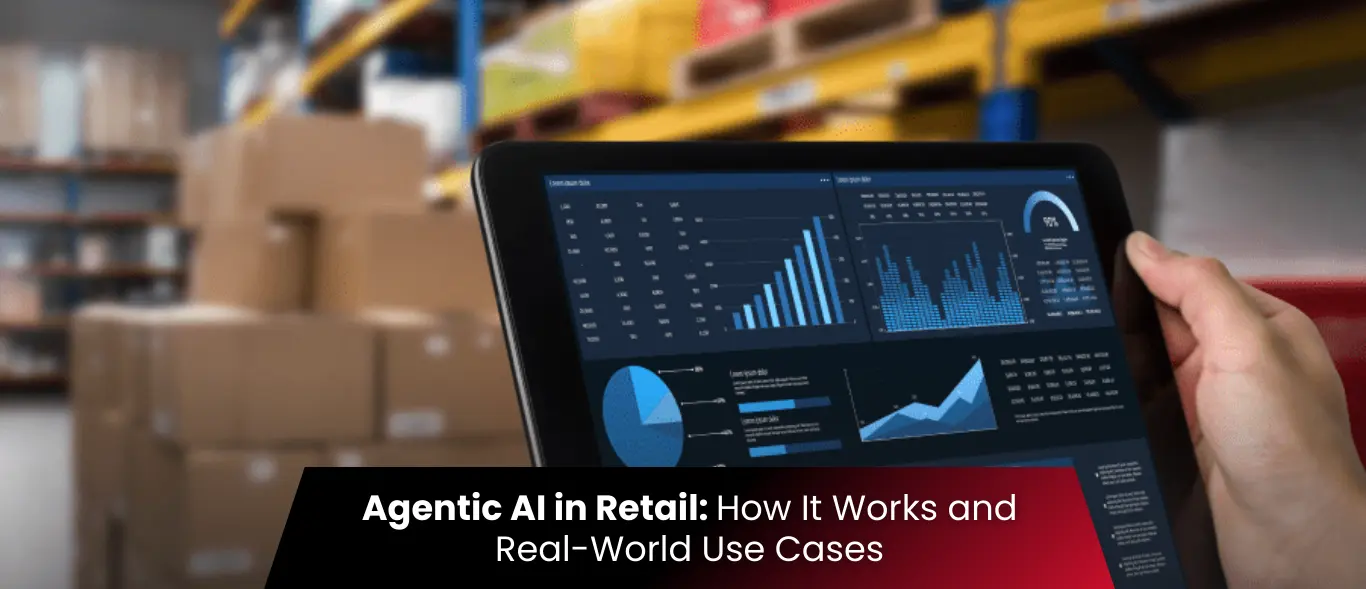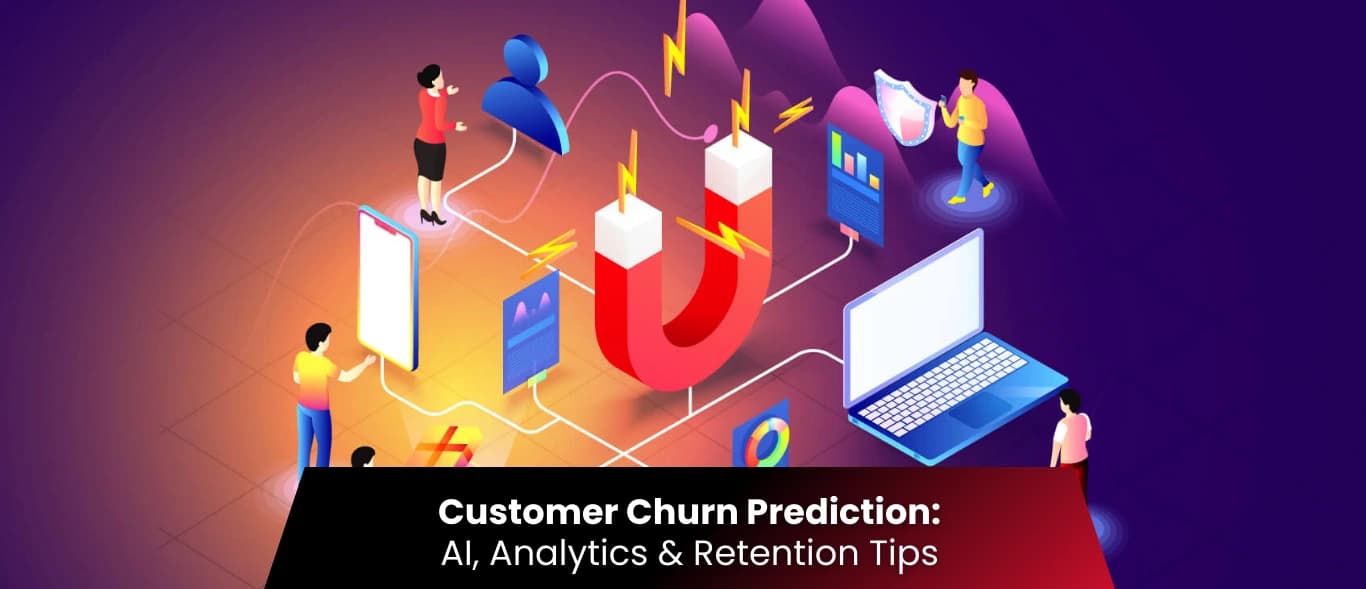Blogs
Explore our latest insights, tutorials, and thought leadership content on analytics and business intelligence. Discover cutting-edge strategies, industry trends, and expert perspectives that will help you transform your data into actionable insights. From customer analytics and marketing intelligence to business intelligence solutions, our comprehensive collection of articles covers everything you need to stay ahead in the data-driven world.

Why You Need to Implement Omnichannel Retailing Straightaway
If your online and offline channels still work in silos, customers feel it. Omnichannel retailing brings everything together so shoppers get a consistent, connected experience wherever they interact with your brand.

What Nvidia’s 2026 Strategy Teaches Marketing Leaders About
Nvidia’s 2026 strategy shows marketers how to use AI, data, and experimentation to predict customer needs and optimize every campaign.

Improving the Response Rates of Email Marketing
Improving email marketing response rates starts with understanding what your audience actually wants to read and act on. From subject lines and personalization to timing and content relevance, minor optimizations can lead to measurable gains. This blog explains proven strategies to boost engagement, increase clicks, and turn emails into consistent drivers of conversions.

Agentic AI in Retail: How It Works and Real-World Use Cases
Agentic AI in retail is transforming how businesses automate decisions, personalize customer experiences, and respond in real time. Unlike traditional AI systems, agentic AI can act autonomously, adapt to changing conditions, and optimize outcomes across operations. This blog explains how agentic AI works in retail and explores real-world use cases that are already driving measurable business impact.
Is Multi-Touch Attribution Better Than Last-Click?
Most marketing teams still rely on last-click attribution because it’s familiar and straightforward. But customer journeys today are anything but simple. Buyers interact with multiple channels, ads, and touchpoints before making a decision, and last-click attribution often assigns all the credit to the final interaction while ignoring everything that came before.

3rd-party Cookie Age is (almost) Over: What Advertisers and Marketers Are Doing
3rd-party cookies first appeared on the web in 1994, and today most major websites require visitors to accept them. Every marketer and advertiser has to stay up to date on news relevant to third-party cookies and data privacy moves to target niche audiences.

Customer Churn Prediction: AI, Analytics & Retention Tips
Reduce churn, retain high-value customers, and use AI & analytics for smarter business decisions.

Pokémon GO – A New Opportunity for Marketers
Pokémon, A new AR digital marketing opportunity or just a gimmick? Lure prospects to your store, and convert them to customers.
Building A Recommender System – A Primer: Part 2
In Part 1, we covered the foundations of recommender systems and why they matter in real-world applications. In this follow-up, we move from theory to practice. Part 2 dives deeper into how recommender systems work, exploring core techniques such as collaborative filtering, content-based approaches, and hybrid models. You will see how data is transformed into meaningful signals, how user preferences are learned, and how recommendations improve over time.

How Customer Lifetime Value (CLV) is Important for Your Business
Customer Lifetime Value (CLV) helps businesses understand how much a customer is truly worth over time, not just at the point of sale. By focusing on CLV, companies can make smarter decisions around marketing spend, customer retention, and long-term growth. This blog explains why CLV matters and how it can guide more profitable business strategies.

10 Ways Computer Vision and Data Analytics Help Your Business
Computer vision and data analytics help businesses turn images, videos, and raw data into meaningful insights. In this article, we explore 10 ways these technologies support smarter decision-making, automate processes, and drive measurable business growth across industries.

From Data To Decision: Why Companies Fail to Benefit from Such A Long Journey
Data is everywhere, but decisions still feel uncertain. Despite having access to more information than ever, many companies fail to see meaningful outcomes from their data initiatives. In this article, we break down the common reasons data-driven efforts stall and how leaders can bridge the gap between data collection and decision-making.
Stay Updated with Our Latest Insights
Subscribe to our newsletter and get the latest analytics insights, tutorials, and industry trends delivered to your inbox.